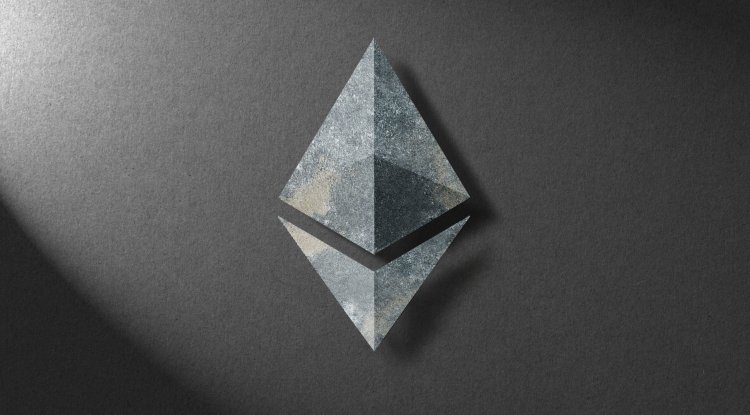Ethereum Switches to New Protocol!
If you are one of the users who had big problems with buying a graphic card for your PC, here is good news for you. Ethereum plans to switch to the "Proof of Stake" protocol in the next few months and completely eliminate mining using graphic cards.

The people behind Ethereum cryptocurrency have been announcing the transition to a new operating protocol for several years now, which instead of a transaction fee (Proof of Work) is switching to a new Proof of Stake protocol. In essence, this means that instead of the fee for verifying the transaction and creating new blocks using graphic cards, this fee will be given to the verifiers.
How does Proof of Stake work?
To be a validator and participate in the Proof of Stake protocol, you need to "invest" 32 ethers and become an independent validator. The network will then randomly instruct the validator to create a block or confirm that the other block created is correct. For their services, validators receive ether as a reward.
These 32 ethers you have invested, are not available to you, and if you are not available for verification when the network requests it, you may lose part of your invested ethers as a penalty. A similar thing can happen if you try to cheat with transactions in the desire to create your block that has not been confirmed - you can lose all your coins. The idea is that by investing a larger amount of money in ether, you guarantee that you will not try a scam, because you can lose your investment, which is by no means small.
Realistically, to commit fraud on the Ethereum network, you would need to have 51% of all Ethereum on the network, which is almost $ 1 billion.
Advantages over Proof of Work
Proof of Stake allows for easier validation because no investment is required in expensive hardware parts such as a bunch of graphics or ASIC miners. This means much lower power consumption, and therefore much less pollution, one of the biggest problems of the Ethereum network.
Access to the Proof of Stake nod is also possible through pools (associations), so you do not need to have a minimum of 32 Ethers to participate in the network. Of course, as with mining pools, part of the prize goes to the pool, and the rest is shared equally among the participants according to their investments. The new protocol will also enable faster and more secure transactions, and Ethereum 2.0 should enable 100,000 transactions per second, compared to about 30 as supported by the current Ethereum 1.0 and 4.6 as supported by the Bitcoin network.
Bad sides
Smaller and newer cryptocurrencies, such as Cardano, already use the Proof of Stake protocol, but the only system that has proven to be sustainable so far is Proof of Work. There are many unknowns that will come to the surface when such a big change happens because Ethereum is the second most valuable cryptocurrency in the world, which means that a large number of users are involved.
The process of migration to Proof of Stake is by no means simple and problems are expected to arise there as well, so it is not surprising that the development team has already postponed the transition several times and that it is planned in phases, not all at once.
And what will the miners do?
If you ask the Ethereum Foundation, which is in charge of maintaining the Ethereum network, Ethereum 2.0 is expected to come to life in the next few months. This means that there will be a huge amount of used graphic cards on the market, but also that those who do not want to sell will probably switch to another cryptocurrency such as Ethereum Classic, Green, ZCash, Monero…
By: Nitza - Gossip Whispers





































